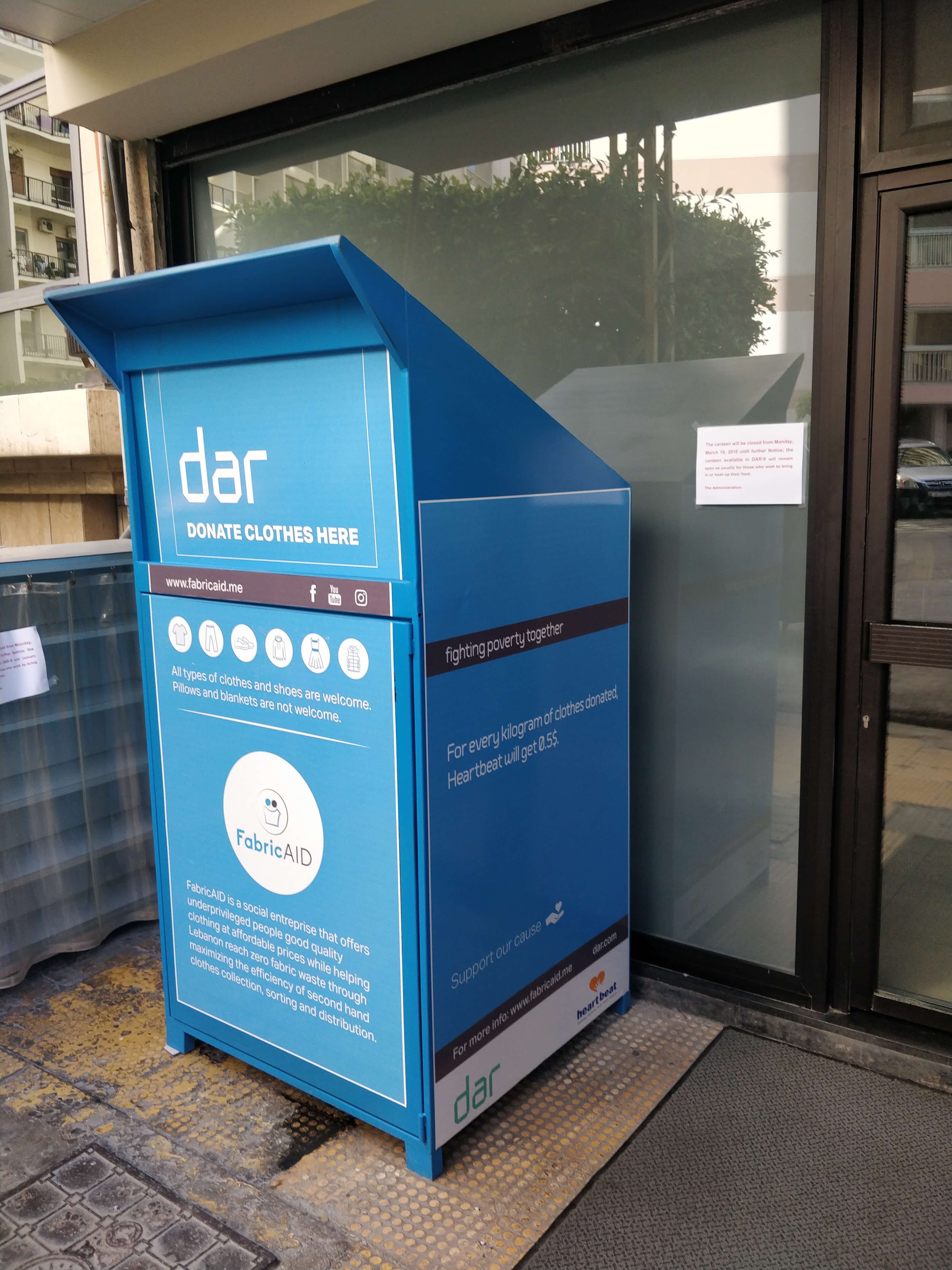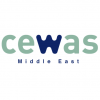WHAT IF... you reduced your logistical costs by sourcing bigger volumes?
One of the biggest cost drivers for businesses working in resource recovery from waste and wastewater is inefficient and time-consuming logistics. This is the case both when providing a door-to-door service in a highly dense city or in rural areas where distances between customers are long. Businesses that find themselves struggling with such costs might benefit from re-considering their logistics or re-modelling their business plan altogether to focus on more strategic partnerships from which they can source large quantities of inputs, e.g. from supermarkets, hospitals or schools. The Think big strategy focuses on optimising logistics of waste collection activities through more strategic partnerships, while maintaining the same quality of service.
Turning challenges into opportunities
Businesses working in RRR or reverse logistics of waste management, often struggle to acquire their waste from a source that generates consistent quantities of waste (ALNUWAIRAN, 2020). In some cases, the business will outsource its waste collection activities to a waste collection company for a fee. In other cases, the business will cover the whole lifecycle of the product: from collecting the primary material (in this case waste from where it is generated), to sorting it, processing it and then selling the recovered or recycled product to the end-user. Whether they pay a fee for a collection service or take care of collection activities themselves, businesses have to invest heavily into waste collection, which can prove to be an obstacle when trying to make their business model economically viable (DAS, S. and BHATTACHARYYA, B., 2015). The resources spent on related logistics depend largely on the scale that the business is operating at, the context and the type of waste it collects.
In this factsheet, we will explore the Think big strategy as an innovative option for optimising logistics.
Moving towards a strategy
What underpins this strategy is its focus on sourcing large volumes of waste as well as creating strategic partnerships. Large-scale waste recovery activities lower relative costs and offer greater opportunities for revenue generation and market proliferation than simply engaging in a door-to-door service.
Collecting municipal solid waste from individual households, for example, requires expensive logistics due to multiple stops, trips and potential interaction with many customers. Collecting the same amount of organic waste from 5 or 10 large supermarkets requires less trips, reducing the relative costs while you can probably obtain cleaner waste.
Identifying waste sources where you can collect large volumes or other inputs can help you optimise your business models in two ways:
- Reducing direct logistical costs for transportation
- Reducing efforts to ensure that you receive the required quality
To leverage such savings, you have to re-define your current partnerships or build new ones to secure continued supply. It is important to bear in mind that focusing on just a few partnerships can also pose a risk to your business model. If the business depends heavily on access to a certain type, quantity or quality of input which is granted by a local government, municipality or other partner, and this access is removed or reduced, it would pose a risk to the sustainability of the entire business. Maintaining healthy partnerships with these key partners is therefore an important task for managing risks related to dependencies on fewer sources of waste.
Instead of searching for ideal bulk sources, you can also explore establishing drop-off systems that allow you to reduce costs by picking up waste from a limited number of collection points. This strategy could also be applied to municipal waste collection systems which currently depend on a door-to-door paid service. Transforming a resource recovery business model towards using a limited number of collection points dotted around a city/town can massively reduce collection costs. At the same time, you have to ensure adequate incentives are put in place to engage individuals to dispose of their waste in the designated collection points.
The cost structure of your business will of course vary depending on the scale you work at, the input you collect and the context you operate in – as well as the extent to which you apply the strategy. However, your business could expect a significant reduction in collection costs since less personnel, time and transport resources (including petrol) would be needed. Sourcing input in bulk, however, could mean that the type of transport needed for collection would need to be reconsidered (collection trucks might need to be of a different type). This might require an additional investment in physical resources. Costs associated with communication could also be reduced significantly depending on the type and number of partners you have. If you transition from a door-to-door service, in which communication with each individual household is important to ensure that customers sort their waste appropriately, to sourcing your input in bulk from places that already sort it as part of their operations, then costs associated with communications would be cut down. As already mentioned earlier, relying on fewer partnerships from which to source your input might result in raised costs for activities related to customer relationships. This wouldn’t be so much the case if the partner was benefiting significantly from your service and you had no or little competition.
Case Study 1
Compost Baladi is a Lebanese waste management social enterprise that was founded in 2017 in response to the on-going waste crisis in Beirut. It primarily repurposes organic waste and provides waste management solutions for different scales of operation. It currently outsources its waste collection activities to a professional waste collection company that collects waste from different points in the city. This proves to be more cost-efficient for the young company since it enables it to focus on its primary activities - which consist of making and selling compost and other resource recovered products. It is now looking to focus more on strategic clients, consisting of commercial establishments and produce manufacturers, from whom to source their waste. These clients would also serve as strategic partners since they generate greater volumes of waste from the same facilities, therefore only requiring single collection trips. This re-shaping in the business model of Compost Baladi is an example of the Think Big strategy. The enterprise has recognised that it makes more logistical sense to source its primary material (in this case waste) from clients who produce the same or even greater volumes of waste than 1000 individual households, or 100 smaller waste generation points. If it continues to outsource its waste collection activities, this will mean that Compost Baladi will require much less of the service and still get the same amount of waste. If it stops outsourcing, the amount of resources needed for the collection of waste will not be too high – allowing the resource recovering company to have greater chances of being profitable.
Case Study 2
FabricAid is a social enterprise based in Lebanon that collects, sorts and cleans second-hand clothes before selling them at micro prices to less privileged people. It is a good example of the Think big strategy because it sources clothes in bulk and has built strategic partnerships to secure the sourcing of input, cutting down costs associated with logistics. It has several containers around the city where people can go and drop off their unwanted clothes and also buys donated clothes from NGOs. It also has strategic partnerships with businesses and organisations to secure a reliable inflow of clothes. Reducing costs on logistics means that prices of clothes can be kept very low for customers and more resources can be spent on improving other aspects of the business. FabricAid raises its value by having a positive social and environmental impact, since it provides less privileged people with affordable clothes and contributes to the reduction of landfill by extending clothes’ utility.

FabricAid container. Source: Entreprise Forum (2018)
Create your Green Business!: The Handbook for Green Entrepreneurs in the Mediterranean
This book explains all the major steps for setting up your green business project. Designed to provide the necessary theoretical basis, the Handbook describes the methodology, the main concepts and the tools included in the Workbook, and presents different examples of entrepreneurs and their businesses. It will become your essential companion for your green entrepreneur journey.
FARRENY, R et al. switchmed (2015): Create your Green Business!: The Handbook for Green Entrepreneurs in the Mediterranean . switchmed URLResource Recovery from Waste
Humans generate millions of tons of waste every day. This waste is rich in water, nutrients, energy and organic compounds. Yet, waste is not being managed in a way that permits us to derive value from its reuse, while millions of farmers struggle with depleted soils and lack of water. This book shows how Resource Recovery and Reuse (RRR) could create livelihoods, enhance food security, support green economies, reduce waste and contribute to cost recovery in the sanitation chain.
While many RRR projects fully depend on subsidies and hardly survive their pilot phase, hopeful signs of viable approaches to RRR are emerging around the globe including low- and middle-income countries. These enterprises or projects are tapping into entrepreneurial initiatives and public-private partnerships, leveraging private capital to help realize commercial or social value, shifting the focus from treatment for waste disposal to treatment of waste as a valuable resource for safe reuse.
The book provides a compendium of business options for energy, nutrients and water recovery via 24 innovative business models based on an in-depth analysis of over 60 empirical cases, of which 47 from around the world are described and evaluated in a systematic way. The focus is on organic municipal, agro-industrial and food waste, including fecal sludge, supporting a diverse range of business models with potential for large-scale out- and up-scaling.
OTOO, M. DRECHSEL, P. (2018): Resource Recovery from Waste. Business Models for Energy, Nutrient and Water Reuse in Low- and Middle-income Countries. Oxon, UK: Routledge URL [Accessed: 21.02.2020] PDFOptimization of municipal solid waste collection and transportation routes
Optimization of municipal solid waste (MSW) collection and transportation through source separation becomes one of the major concerns in the MSW management system design, due to the fact that the existing MSW management systems suffer by the high collection and transportation cost. Generally, in a city different waste sources scatter throughout the city in heterogeneous way that increase waste collection and transportation cost in the waste management system. Therefore, a shortest waste collection and transportation strategy can effectively reduce waste collection and transportation cost. In this paper, we propose an optimal MSW collection and transportation scheme that focus on the problem of minimizing the length of each waste collection and transportation route. We first formulize the MSW collection and transportation problem into a mixed integer program. Moreover, we propose a heuristic solution for the waste collection and transportation problem that can provide an optimal way for waste collection and transportation. Extensive simulations and real testbed results show that the proposed solution can significantly improve the MSW performance. Results show that the proposed scheme is able to reduce more than 30% of the total waste collection path length.
DAS, S. and BHATTACHARYYA, B. (2015): Optimization of municipal solid waste collection and transportation routes. In: Waste Management: Volume 43 , 9-18.Role of Reverse Logistics In Waste Management
Reverse logistics is a process whereby companies can become more environmentally efficient through recycling, reusing, and reducing the amount of materials used.

